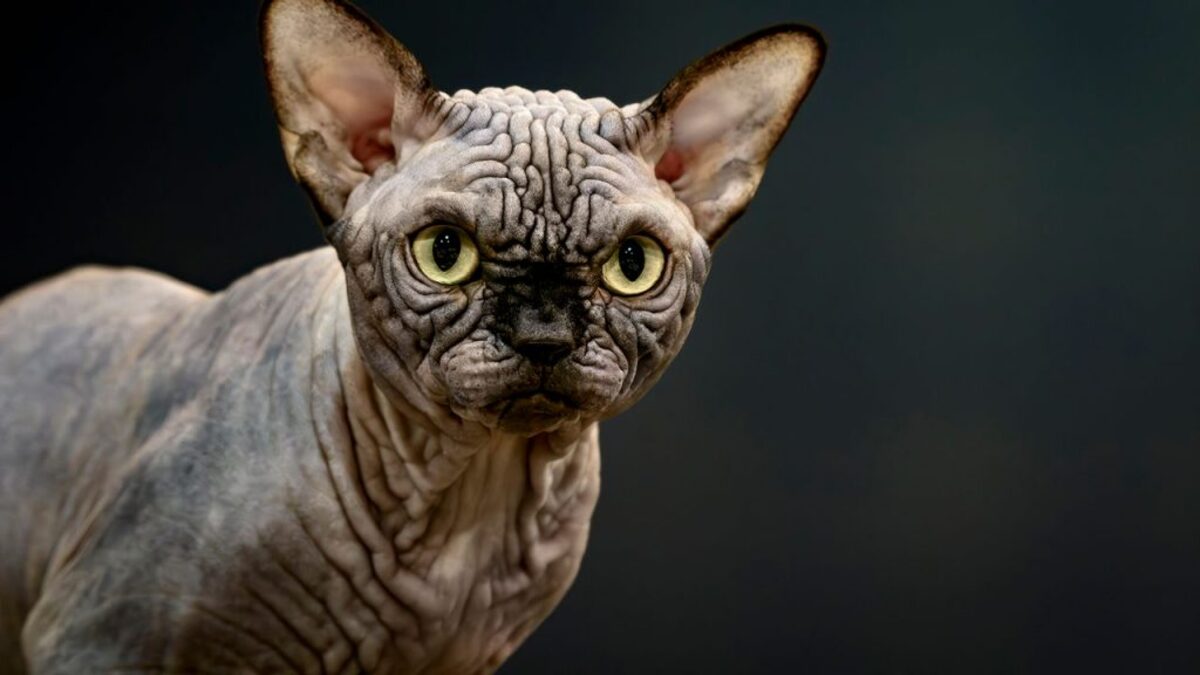Concerns Raised Over NZ’s Crossbreeding Industry
Staff Reporter
03 November 2024, 10:02 PM
 Crossbreeding sparks animal welfare debate in NZ
Crossbreeding sparks animal welfare debate in NZIn recent months, concerns have grown among New Zealanders about the impact of crossbreeding on animal welfare, particularly as trends in designer pets like the ‘XL Bully cat’ gain popularity.
Associate Professor Marcelo Rodriguez Ferrere from Auckland Law School recently highlighted potential welfare issues on platforms including RNZ and TVNZ.
His comments stem from a broader conversation about the ethics and health implications of New Zealand’s largely unregulated breeding industry.
The ‘XL Bully cat,’ a cross between the Sphynx and Munchkin breeds, has garnered global attention due to its unusual appearance.
However, according to Rodriguez Ferrere, crossbreeding for appearance can come at a significant cost to animals.
“We see many adverse effects,” he told 95bFM’s Joel Armstrong.
One prominent issue is that cats bred without coats, like the XL Bully, struggle to regulate body temperature effectively, which can lead to serious health problems.

Associate professor Marcelo Rodriguez Ferrere (Auckland Law School)
While agricultural animals in New Zealand are bred under regulated practices, with oversight aimed at ensuring productivity and efficiency, Rodriguez Ferrere notes that companion animals such as dogs and cats are not subject to the same legal framework.
The absence of strict guidelines allows some breeders to prioritise aesthetics over animal health, resulting in pets prone to chronic conditions.
In popular breeds like the French Bulldog, selective breeding for physical traits has led to respiratory and spinal issues, which can impact quality of life.
The demand for specific designer breeds also drives a lucrative underground market in New Zealand.
Popular pets, such as French Bulldogs and Jack Russells, can sell for thousands of dollars, attracting both responsible breeders and those operating outside of ethical standards.
Without robust regulatory standards, animal welfare advocates worry that more animals will face poor breeding conditions, driven by high demand.
Rodriguez Ferrere suggests that stricter regulations could help address these issues.
"We have a massive blind spot,” he said, pointing to the gap between animal welfare laws and the realities of the designer breeding market.
Increased awareness and legal frameworks, he argues, could lead to better protections for animals bred in New Zealand.


